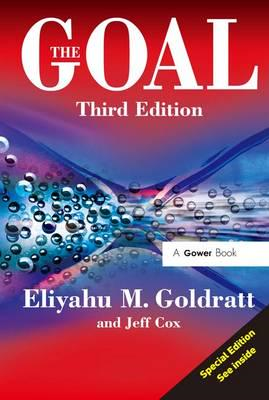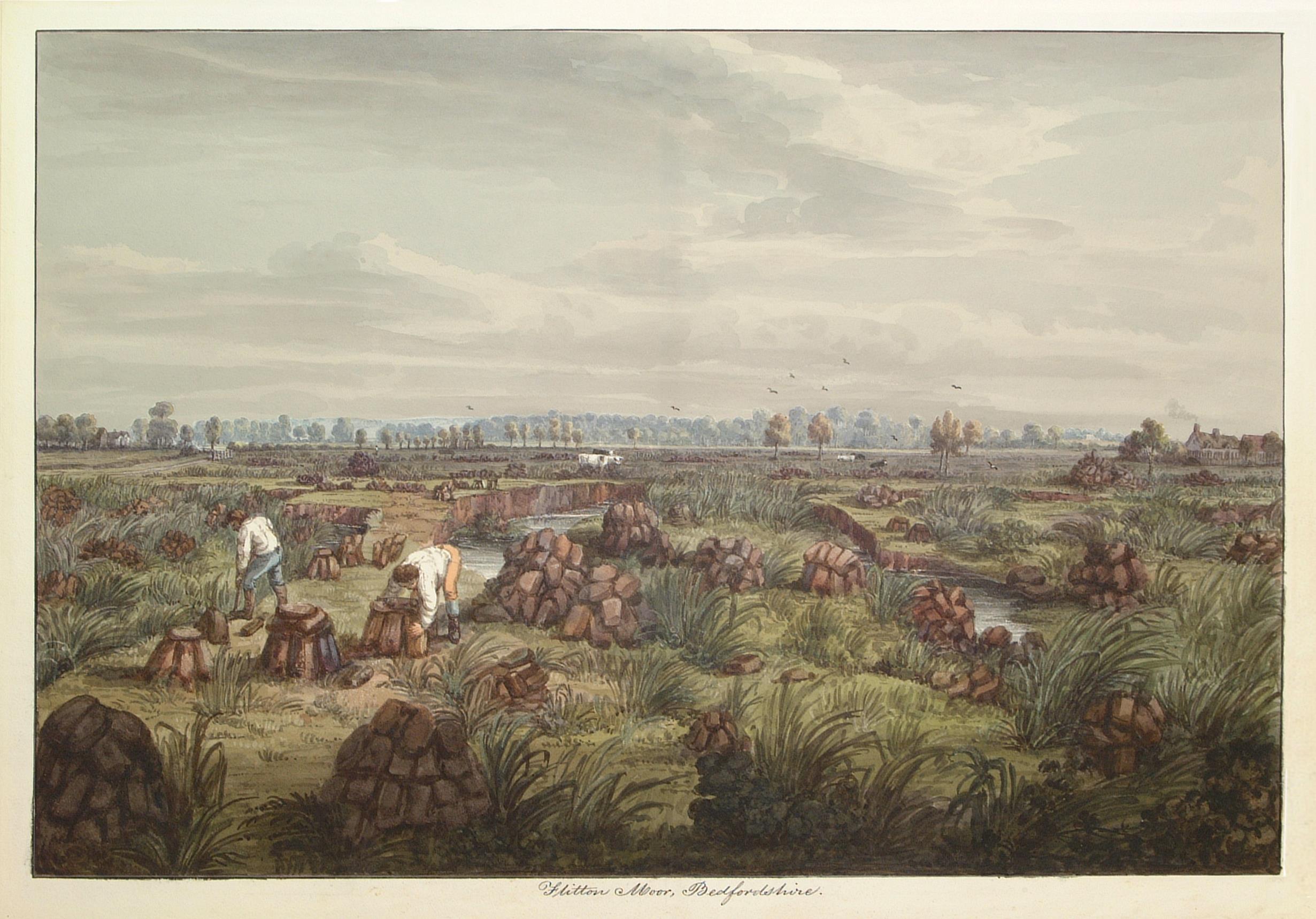Cranfield Book Review: The Goal (Third Edition) by Eli Goldratt, 2016
07/08/2018

“Seems to me there’s a world of difference between ‘Common Practice’ and ‘Common Sense’”, Julie Rogo.
No, this is not a book about how well England fared in this summer’s World Cup! This is a seminal work on why you need to understand how the flow of work through any real-world system impacts on customer experience, profitability (in the private sector), efficiency and effectiveness. First published in the 1980s, it has been updated several times since, and the Third Edition contains a paper written in 2008 titled: “Standing on the Shoulders of Giants”. It is unique in that it tells the story of a plant manager Alex Rogo and his trials and tribulations and counter-intuitive learning in how to positively make impacts on the four areas above.
And, yes, it is a story about massive improvements made at a manufacturing plant – but it does not take a genius to read-across into a services environment.
Rather than a precis of the book, I’m just going to jot down some simple messages that jump out of the book, for me at least…
You have to have a clear Goal (or Purpose, or WHY?), and it needs to be right!
You do not balance Capacity (or Resources) against Demand – this has been tried and continues to fail since the 1980s. You balance Flow (of work) against Demand, visualising “Work in Progress” (some refer to backlog, work-stack – it’s just stuff working its way through the system).
And the above is true because you have a series of linked dependent events, and there is a mathematical principle that you cannot contradict that states variation gets worse and worse as you pass through each stage in a process consisting of these events. And there’s a very simple experiment you can run to demonstrate this!
Challenge Common Practice carefully – it fights back, particularly when you use Common Sense.
Don’t run non-bottleneck resources flat out – run the whole system Flow according to the rate at which work can get through the bottleneck.
Once you have identified the bottleneck and stabilised it (i.e. it does not jump around between different areas, locations, departments etc.), work on reducing the impact of that bottleneck.
Work on the whole system end to end including the customer (the public at large, the communities we serve).
You need to move from a cost-accounting world to a throughput-accounting world.
Establish a clear link between actions (what you want people to do), and meaningful measurement of those actions and their impact back to the Purpose / Central intent of the organisation.
Don’t jump to conclusions (solutions – especially solutions devised by the centre) as a panacea for curing problems on the shop-floor (front-line).
There is a difference between understanding the fundamental concepts in applying a solution and the application of that solution. The fundamental concepts (the WHY, if you like) are generic and CAN be transported from one application of those concepts to another application. Each application of those concepts (the WHAT, if you like) is specific to the context of the problem you’re trying to solve. The application CANNOT be transported. Hence, the superficiality of so-called “What Works” or “Best Practice” and the fallacy of expecting that because something worked in one organisation, then it will work in another. (See previous blog The Use of Best Practice – The Well-trodden Path to Mediocrity)
Given this book contains some profound ideas, it is such an easy book to read on these balmy summer days.
Categories & Tags:
Leave a comment on this post:
You might also like…
My Apprenticeship Journey – Broadening Horizons
Laura, Senior Systems Engineer at a leading aircraft manufacturing company, joined Cranfield on the Systems Engineering Master’s Apprenticeship after initially considering taking a year off from her role to complete an MSc. Apprenticeship over MSc? ...
The Library app is back!
The Library app is back! It's exactly the same as before (although it will get a fresh look in a few months) and if you hadn't removed it from an existing device it should just ...
PhD researcher at the IF Oxford Science and Ideas Festival
IF Oxford is a science and ideas Festival packed with inspiring, entertaining and immersive events for people all ages. PhD researcher, Zahra attended the festival. Here she shares what motivated her to get involved. ...
What leadership skills are required to meet the demands of digitalisation?
Digital ecosystems are shifting the dynamics of the world as we know it. With digitalisation being a norm in the software industry, there is currently a rapid rise in its translation ...
My PhD experience within the Centre for Air Transport at Cranfield University
Mengyuan began her PhD in the Centre for Air Transport in October 2022. She recently shared what she is working on and how she has found studying at Cranfield University so ...
In the tyre tracks of the Edwardian geologists
In April 1905 a group of amateur geologists loaded their cumbersome bicycles on to a north-bound train at a London rail station and set off for Bedfordshire on a field excursion. In March 2024 a ...






